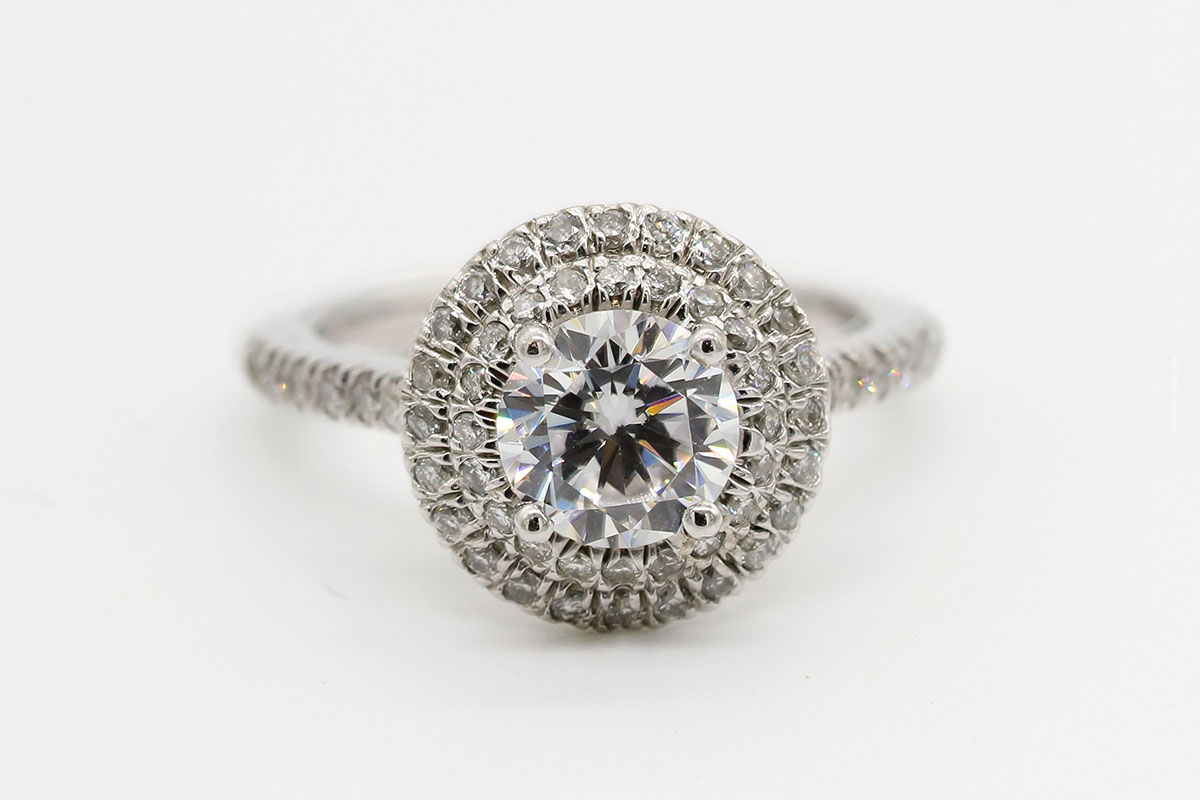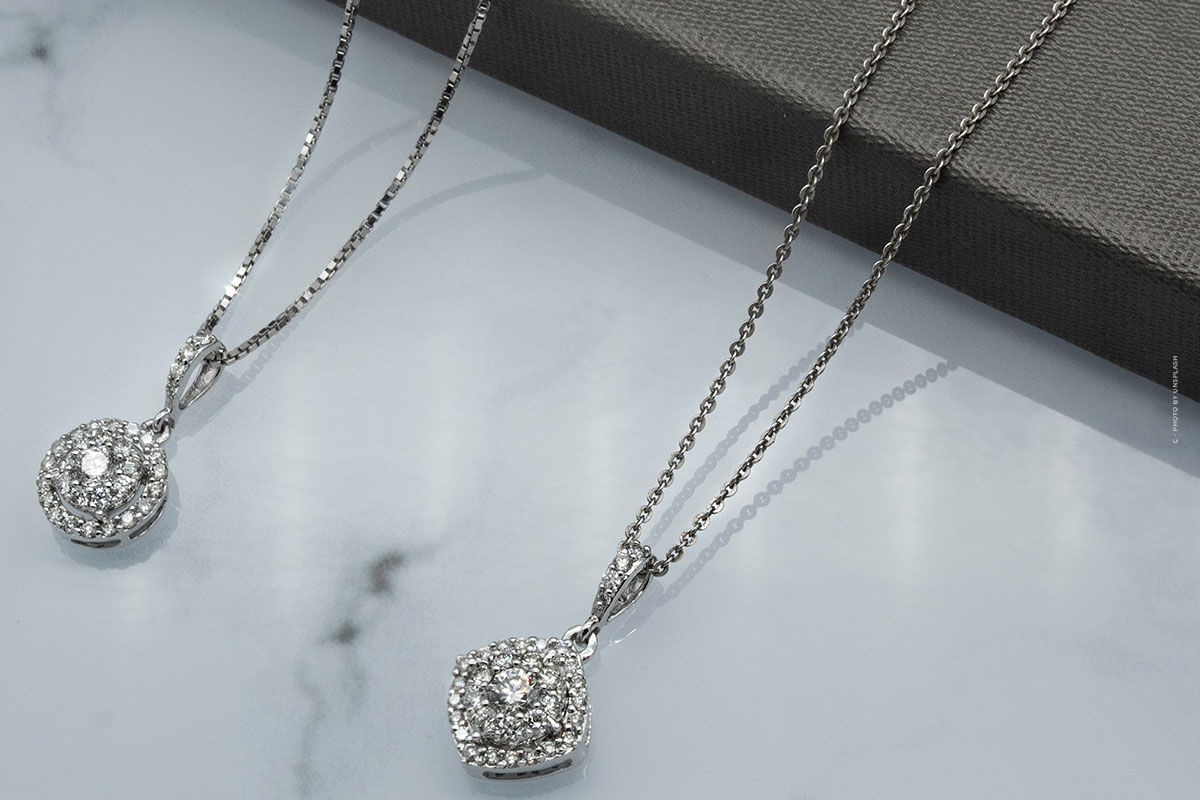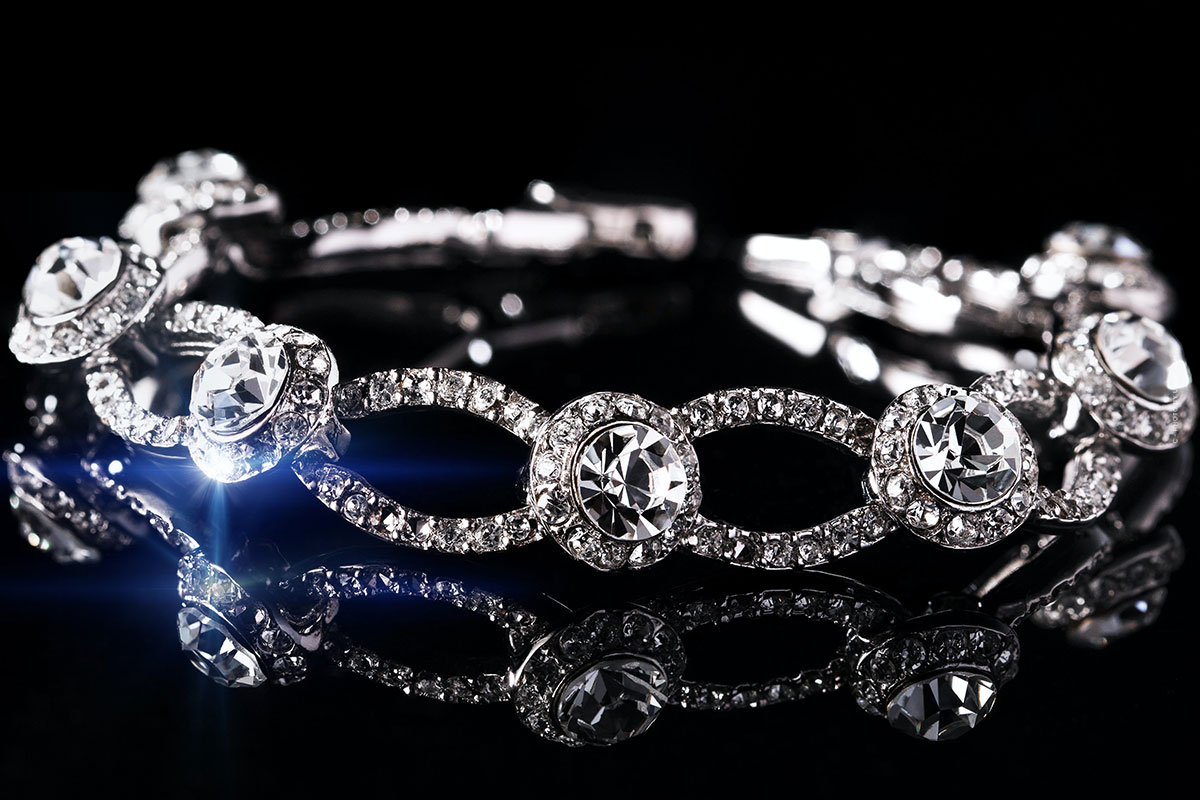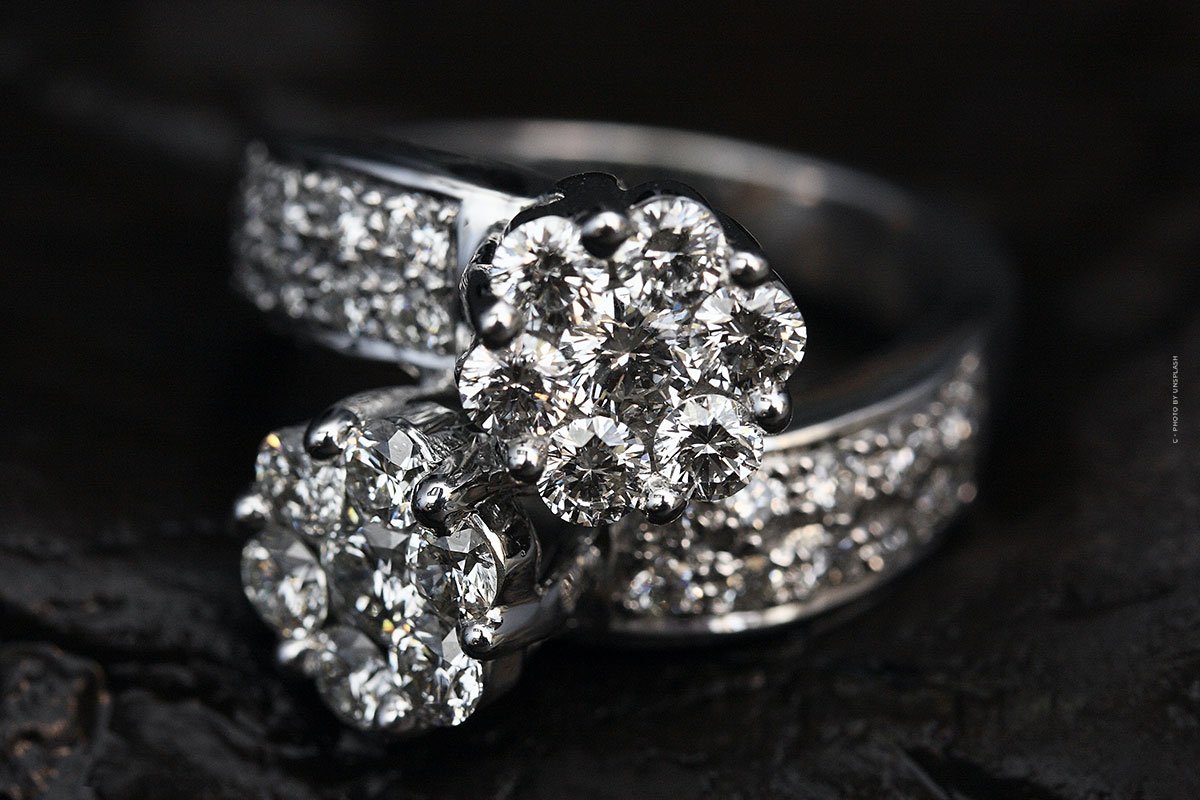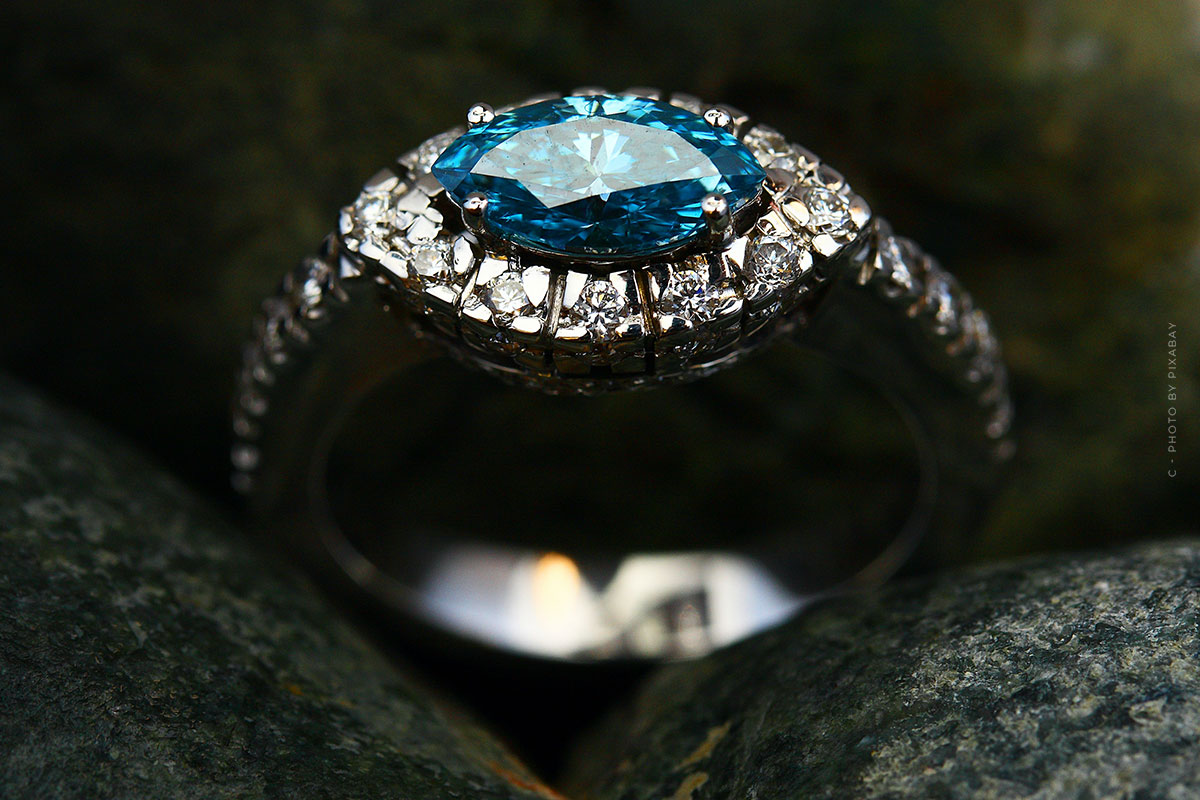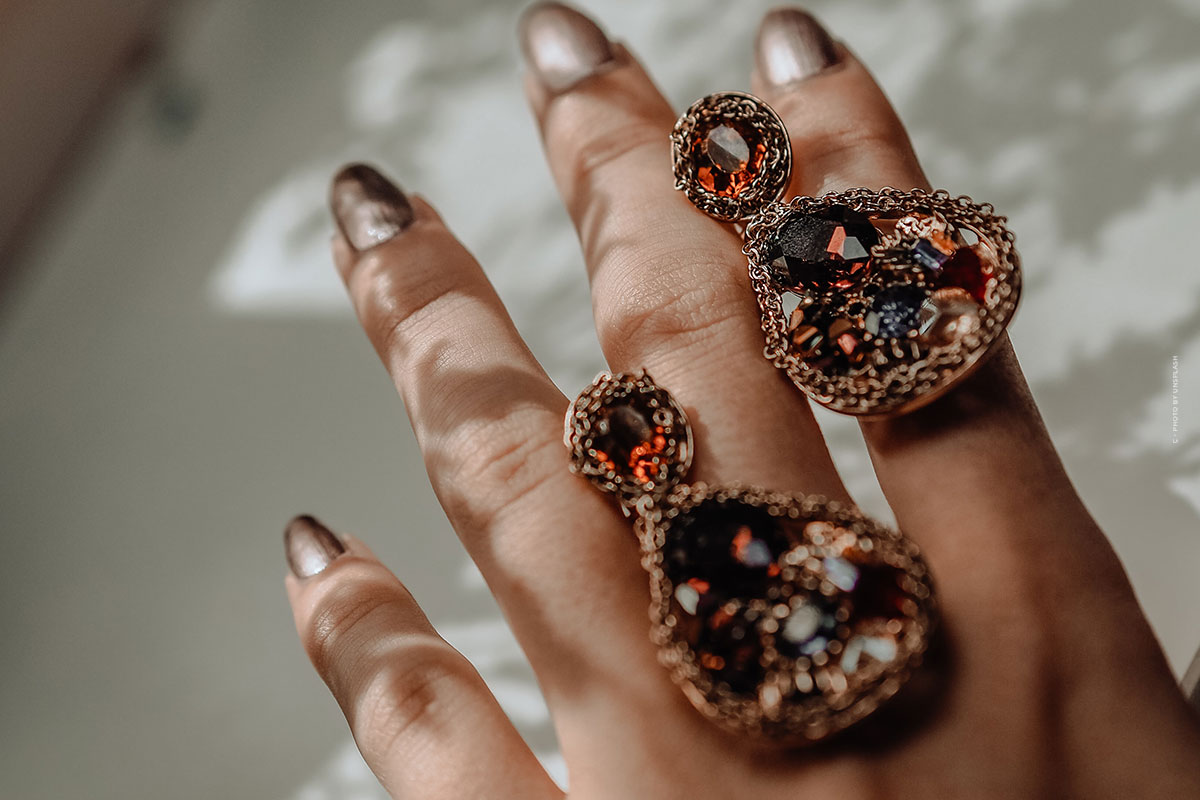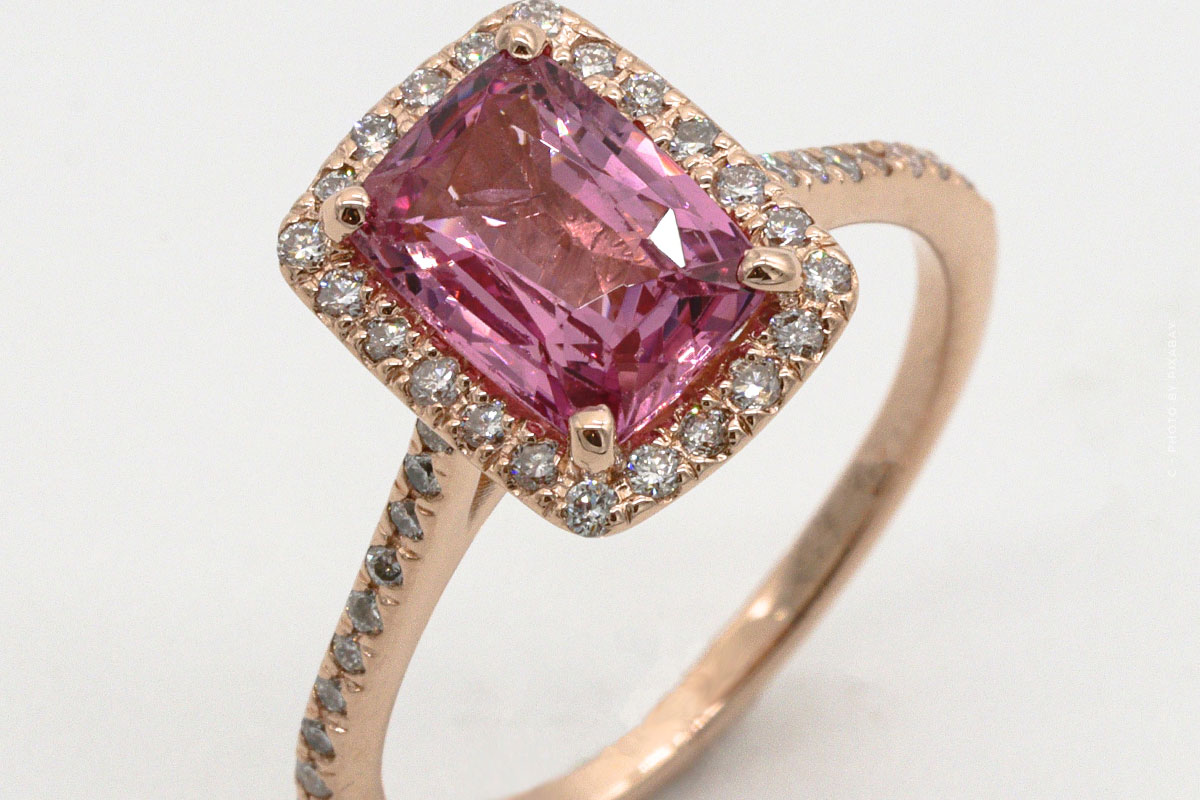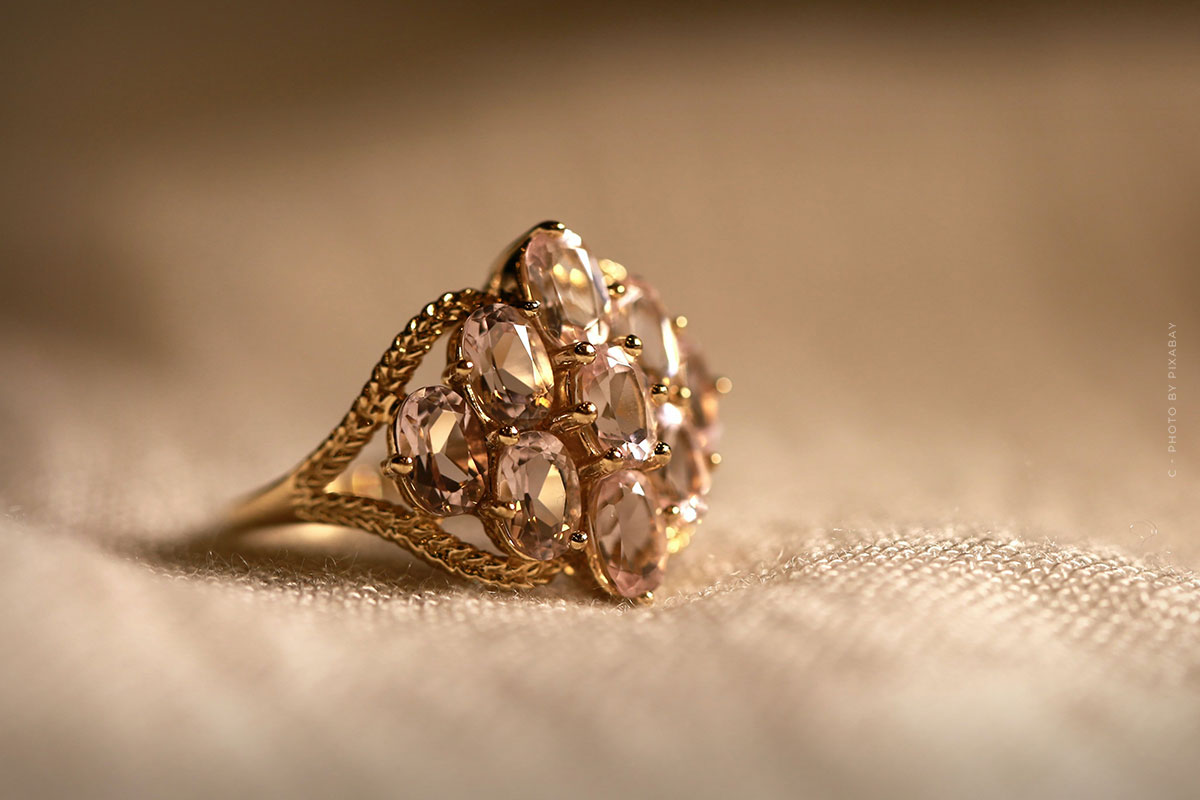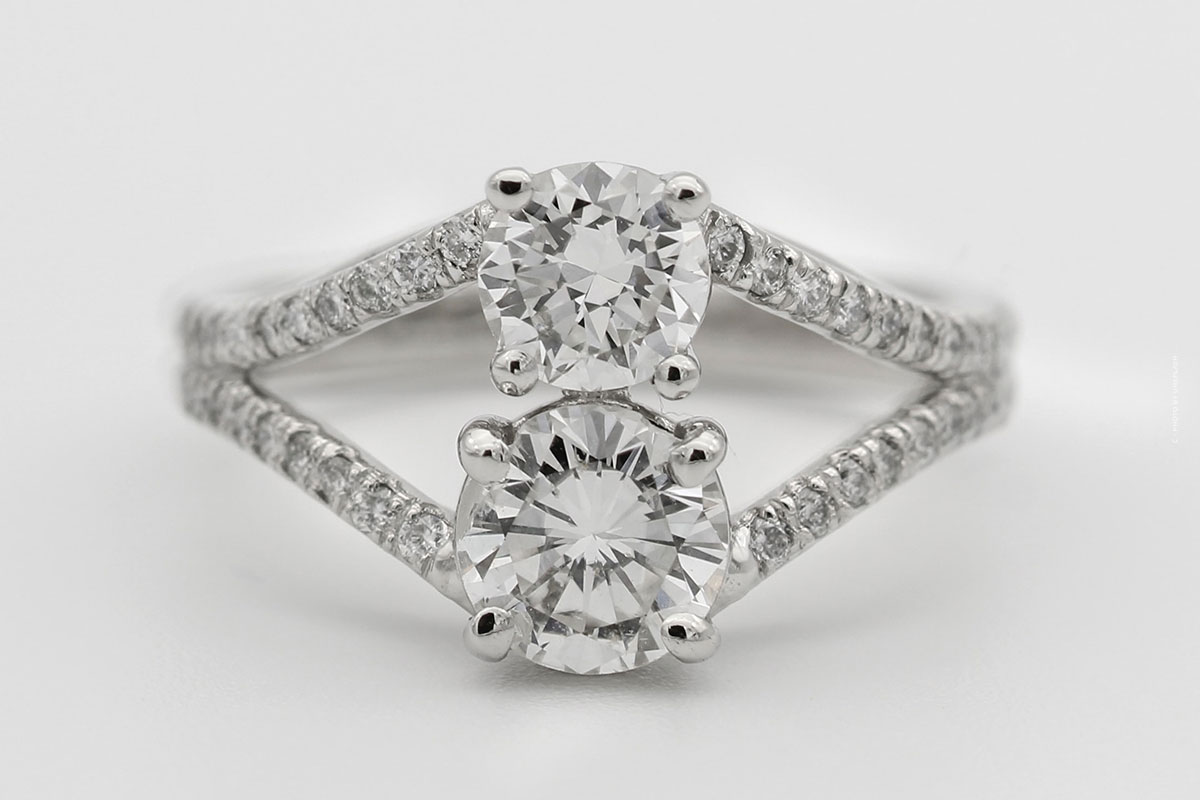Buying Musgravite: Value, Price & Use in Jewelry – Investment Gemstone
Musgravite is one of the rarest types of gemstone and is worth seven times as much as a diamond. Because of its beautiful color and fire, it is worn as a gemstone, used as decoration, or used as a healing crystal. The gemstone is one of the hardest stones in the world and the largest cut musgravite in the world weighs 27.56 carats. Many gem connoisseurs have invested in musgravite in recent years, as demand for the rare stone is high and its value is increasing.
Musgravite: gemstone, hardness, origin
Musgravite is one of the rarest of all gemstone types. Tested and certified faceted Musgravite is exceptionally rare. Musgravite is closely related to Taaffeite and the separation between the two is based on magnesium content. It is very difficult to distinguish musgravite from taaffeite. Their physical and optical properties are almost identical, and the only sure way to determine one from the other is by Raman spectroscopy. Musgravite and taaffeite are two of the hardest of the extremely rare gemstone species, with a hardness of 8 – 8.5 on the Mohs scale of hardness.
Musgravite has been found at the type locality 16 km north-northeast of Ernabella Mission, Musgrave Ranges, South Australia; along Casey Bay, Enderby Land, Antarctica; and at Dove Bugt, northeast Greenland. The only sources of faceted crystals are at Tunduru, Tanzania, and a very limited find in 2009 at Mogok, Burma.
- One of the rarest types of gemstones
- Very similar to the Taaffeit
- Hardness grade 8 – 8.5
- Origin: South Australia, Antarctica, Northeast Greenland, Tunduru, Tanzania, Burma
Buy & Price of Musgravite: 4 Cs
The most important quality factors of gemstones that determine their value and price are color, weight in carats, cut and clarity. In English, these four factors are called the 4 Cs – Color, Carat, Cut and Clarity. Musgravite is also experiencing an increase in value. Color diamonds have been experiencing a financial upward trend for quite some time; blue and red diamonds are the most sought after and are offered at top prices.
But even minerals that are comparatively unknown can turn out to be a lucrative investment, especially if they belong to the rarest gemstone types, like musgravite. Musgravite is so rare that only eight gem quality stones were mined in 2005. Valued at nearly $35,000 per carat, its color spectrum ranges from translucent olive green to a grayish purple. Comparatively, a diamond can be said to cost a mere $4,500 to $6,000 per carat.
- Quality factors: Color, Carat, Cut and Clarity
- Increase in the value of musgravite
- 35,000 dollars per carat
- Olive green to greyish purple
Use: Jewellery, Decoration & Healing Crystal
Because of its rarity and its beautiful color spectrum, the Musgravite is also very popular as a jewelry stone and is usually worn on a chain, necklace or earrings. A ring with a beautiful Musgravite is also very popular, especially among connoisseurs.
Since ancient times, there has been a cultural belief that musgravite crystals can supposedly cure ailments in humans. Aside from their everyday use in embellishing ornaments and decorations, one specific therapy involves using crystals to heal chronic ailments. This practice, which utilizes the healing properties of musgravite, is known as crystal healing.
- Gemstone on chain, necklace or earrings
- Embellishment of ornaments and decorations
- Therapy with crystals against chronic suffering
